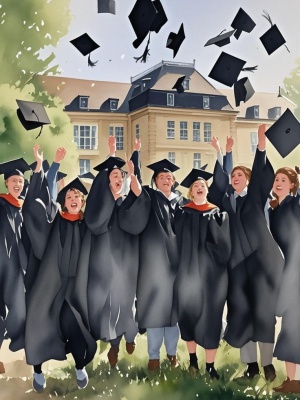The Art of Watercolor Portrait Artists: Techniques, Challenges, and Mastery
Introduction: The Allure of Watercolor Portraits
Watercolor portrait artists possess a unique ability to capture the essence of human emotion through fluid brushstrokes and translucent layers. Unlike other mediums, watercolors demand both technical precision and spontaneous creativity, making portrait artists in this field true masters of balance. From historical figures like John Singer Sargent to contemporary innovators, watercolor portraiture continues to evolve while maintaining its timeless appeal.
In this comprehensive guide, we explore the world of watercolor portrait artists, examining their techniques, common challenges, and the solutions that lead to breathtaking results. Whether you're an aspiring artist or an art enthusiast, understanding these elements will deepen your appreciation for this delicate art form.
The Unique Challenges of Watercolor Portraiture
Problem-Solution Matrix for Watercolor Portrait Artists

- Problem: Controlling water-to-pigment ratio
- Solution: Master the "charging" technique - applying wet paint to damp paper for smooth transitions
- Problem: Achieving skin tone accuracy
- Solution: Layer complementary colors (often quinacridone rose with yellow ochre) rather than mixing on palette
- Problem: Preserving white areas
- Solution: Strategic use of masking fluid or careful planning of negative space
- Problem: Fixing mistakes in unforgiving medium
- Solution: Incorporate "happy accidents" into composition or lift pigment with clean water and blotting
Essential Techniques of Master Watercolor Portraitists
1. The Wet-on-Wet Approach
Renowned artists like Mary Whyte often begin portraits with loose wet-on-wet washes to establish mood and basic values. This technique allows colors to blend organically, creating soft edges perfect for capturing the subtlety of human features.
2. Layering for Depth
Successful watercolor portraits require building up transparent layers (glazing). Each layer must dry completely before applying the next to prevent muddying. Contemporary artist Alvaro Castagnet demonstrates this brilliantly in his portrait work, sometimes using 15+ delicate layers.
3. Dry Brush Details
For crisp details like eyelashes or facial hair, artists switch to nearly dry brushes with minimal water. This technique, showcased in our gallery of portrait examples, creates sharp contrasts against soft backgrounds.
Contemporary Innovations in Watercolor Portraiture
Modern watercolor portrait artists are pushing boundaries with mixed media approaches:
- Digital watercolor techniques using apps like Procreate
- Combining traditional watercolor with ink or gouache highlights
- Experimental surfaces like Yupo paper that allow for unique texture effects
Artists featured in our AI painting guide demonstrate how technology is influencing traditional watercolor methods while maintaining the medium's essential characteristics.
Conclusion: The Timeless Appeal of Watercolor Portraits
Watercolor portrait artists continue to captivate audiences with their ability to convey emotion through the medium's inherent luminosity and fluidity. While challenging to master, the techniques discussed - from controlled washes to innovative layering - demonstrate how artists overcome the medium's limitations to create breathtaking works.
For those inspired to explore further, consider studying both historical masters and contemporary innovators. The watercolor portrait tradition remains vibrant, continually adapting while honoring its rich heritage. Visit our portrait transformation guide to see how traditional techniques intersect with modern approaches.